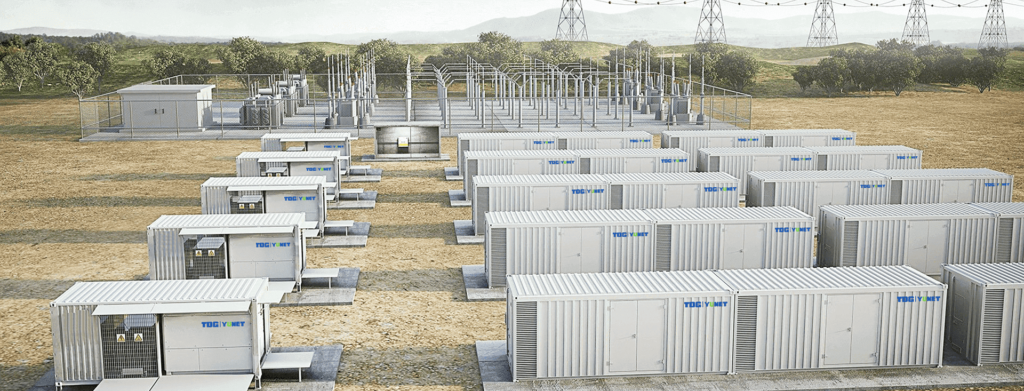What is Distributed Energy Storage System?
What is Distributed Energy Storage System?
2023-08-16
In the realm of modern energy management, finding innovative ways to store and utilize power effectively is gaining momentum. One such groundbreaking solution is the Distributed Energy Storage System. In this blog, we will uncover the essence of a Distributed Energy Storage System, explore its workings, and highlight the advantages it offers. Join us as we delve into the world of energy innovation and discover how this technology can revolutionize the way we handle power consumption.
Understanding Distributed Energy Storage Systems:
A Distributed Energy Storage System is a cutting-edge approach to energy management that involves storing excess electricity in various small-scale units distributed across a network. These units, equipped with high-capacity batteries, enable the efficient collection and storage of surplus energy generated from renewable sources, such as solar panels or wind turbines.
The Inner Workings:
The concept behind Distributed Energy Storage Systems is both simple and ingenious. When renewable energy sources generate more electricity than required, instead of sending it back to the grid, the excess power is stored locally in the distributed units. Later, during times of high demand or low energy generation, this stored energy can be drawn upon, ensuring a stable and consistent power supply.

Benefits at a Glance:
1. Enhanced Grid Resilience:
Distributed Energy Storage Systems contribute to a more resilient energy grid. By distributing energy storage across various points, the system can help mitigate the impact of power outages and supply disruptions.
2. Load Balancing:
These systems enable the optimization of energy distribution, preventing overload on the grid during peak usage hours and promoting a more balanced energy flow.
3. Peak Demand Management:
During periods of high energy demand, such as hot summer afternoons, the stored energy can be used to alleviate stress on the grid, reducing the chances of blackouts or brownouts.
4. Renewable Energy Utilization:
By effectively storing surplus energy from renewable sources, Distributed Energy Storage Systems maximize the utilization of clean and sustainable power, contributing to a greener environment.
5. Cost Savings:
With better energy management and reduced reliance on peak-hour grid electricity, consumers can experience significant savings on their energy bills.
Embracing the Future:
The Distributed Energy Storage System is poised to transform the energy landscape by promoting efficiency, reliability, and sustainability. As we move towards a more decentralized and renewable-powered future, this technology holds the promise of reshaping how we generate, store, and consume energy. By harnessing the power of distributed storage, we can take significant strides towards a more resilient and eco-conscious world.
Conclusion:
In the pursuit of efficient energy management, the Distributed Energy Storage System stands as a beacon of innovation. By capturing surplus energy and distributing it strategically, we can create a more robust energy infrastructure while reaping the benefits of cost savings and environmental conservation. Embrace this forward-looking solution and become a part of the movement towards a cleaner, smarter energy future.

